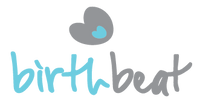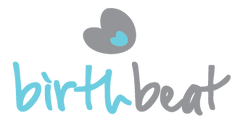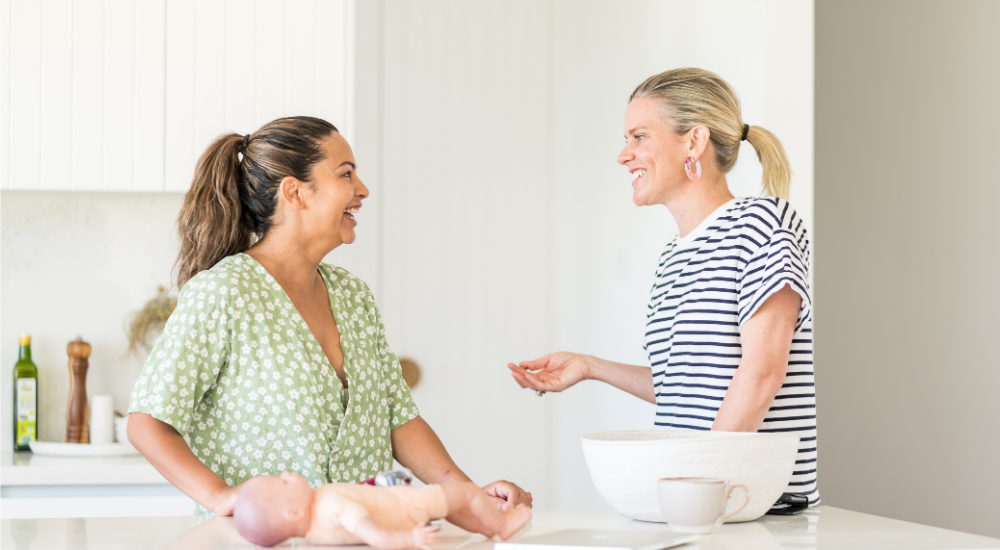Cold and Flu in Babies and Children
Why are colds and flu more common in our little ones than adults?
Our little ones’ immune systems are still developing. Younger babies and children may have only had little to no contact with the viruses that cause colds and flu, which means they haven’t had much chance to build up a resistance.
What is the difference between a cold and the flu?
While both colds and the flu are respiratory illnesses, they are caused by different viruses and vary in severity. A cold is typically milder than the flu. Influenza (the flu), is more severe than the common cold. Understanding the key differences can help us respond appropriately to our child’s symptoms and seek the right treatment.
Symptoms of colds:
- Runny or stuffy nose
- Sneezing
- Cough
- Spore throat and ears<
- Headache
- Watery/ red eyes
- Swollen lymph glands
- Congestion
Symptoms of the flu:
The flu may include symptoms of a cold, plus other including:
- Muscle and body aches
- Cold chills and sweats
- Nausea, vomiting or diarrhea
- Fever
How to treat/ manage cold and flu in babies and children:
There is no treatment that can make a cold go away more quickly. Though, you can manage and treat the symptoms.
- Provide comfort and support
- Paracetamol and Ibuprofen
- Keep up hydration and fluids
- Saline nose spray for congestion
- Encourage lots of rest
Mantaining hyrdation:
Tips to keep up fluids/hydration:
- Breastfeeding: Offer more feeds.
- Bottle feeding: Small amounts of water between milk feeds.
- Clear fluids, water, hot tea.
- Rehydration fluids such as Hydralyte.
- Fluid filled foods such as; icy poles, watermelon, soup.
How to check if your little one is hydrated:
- Check mucous membranes (areas that should be wet; lips, tongue saliva, tears when crying): If dry, this is a sign of dehydration.
- Check fontanelles (soft spot on young babies head): If these are sunken in, it is a sign that your little one is dehydrated.
- Check nappies: If bub has fewer and less full wet nappies than usual, it may be a sign of dehydration. Darker coloured urine is another dehydration sign.
- Pinch test: Gently pinch the skin on the back of your little ones hand or arm. When hydrated, the skin ‘bounces back’. If the skin is slow to return to normal, or leaves an indent, this may be a sign of dehydration.
- Observe: If your little one they appear to be dizzy, headachy or sensitive to light, they may be dehydrated. Other signs include sunken eyes and wrinkled skin.
Managing a fever:
Fever is the body’s natural immune response to an infection. It’s actually a sign that your body is combating the infection. A fever can make a child miserable and sleepy. Their skin can be hot to touch/ mottled in appearance and they may have a decreased appetite.
Many parents are shocked to find out that there is actually no medical benefit in lowering a fever. It’s actually a sign that your body is combating the infection. The only benefit is comfort.
How to keep your little one as comfortable as possible with a fever:
- Dress them in light clothing
- Cold compress – no tepid bathing
- Encourage fluids
- If they are miserable – paracetamol or ibuprofen
When to seek medical attention:
Most colds and flu run their course and can be managed at home. However, it’s crucial to know when to contact your health care professional:
- If a baby under 3 months has a fever
- Fever with headache and a stiff neck
- Rapid increase in temperature
- Fever over 40°C
- Breathing difficulty or rapid breathing
- Inability or unwillingness to drink or feed
- Not passing urine
- Blue/ very pale skin
- Vomiting a lot
- Severe ear pain
- A rash that does not turn white (blanch) when you push it
- Symptoms don’t improve after a few days or deteriorates rapidly
Prevention
It’s hard to stop colds spreading, but it helps to practice and promote good hygiene – wash hands & cover mouths with your inner elbow or tissue when coughing.
Get educated and be prepared
Colds and flu are just one of the many illnesses that we want to best manage for our little ones as parents. Inside our Online Baby & Child First Aid Course, Emergency Nurse – Edwina covers everything you need to know to care for their little one while sick, provide basic and life-saving, emergency first aid. Find out more about the course here.



